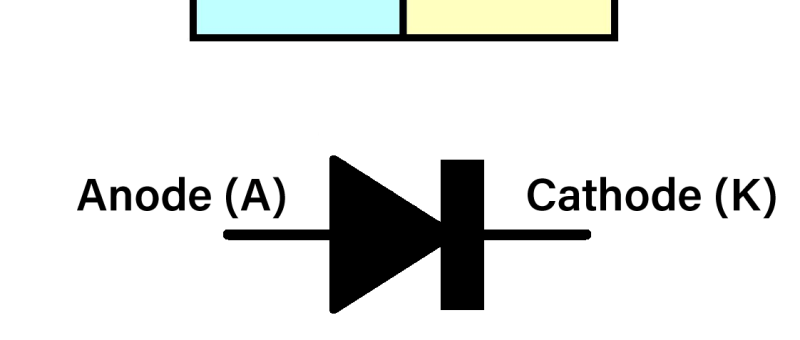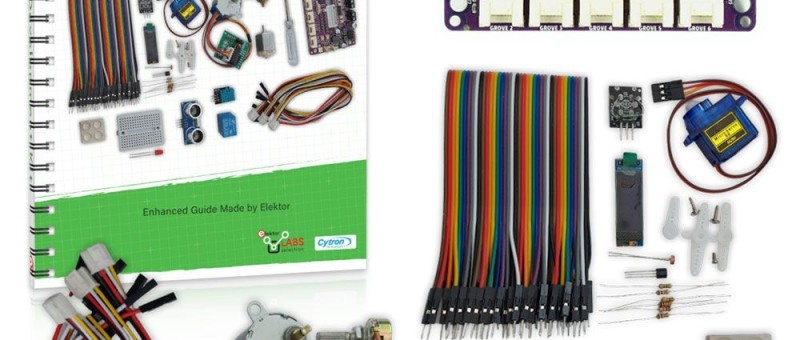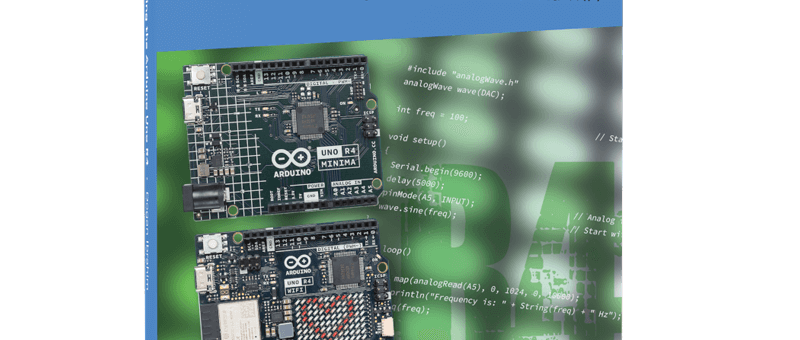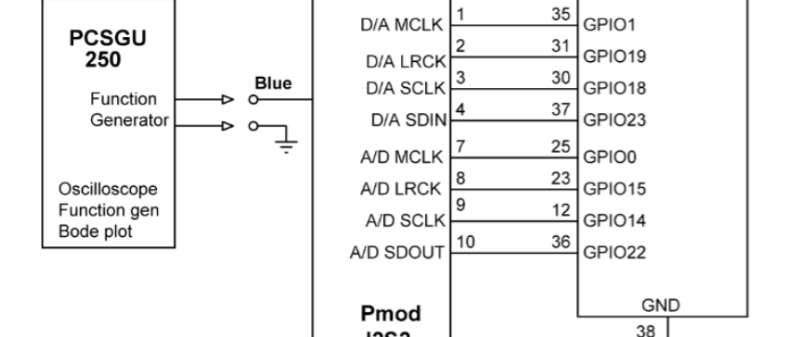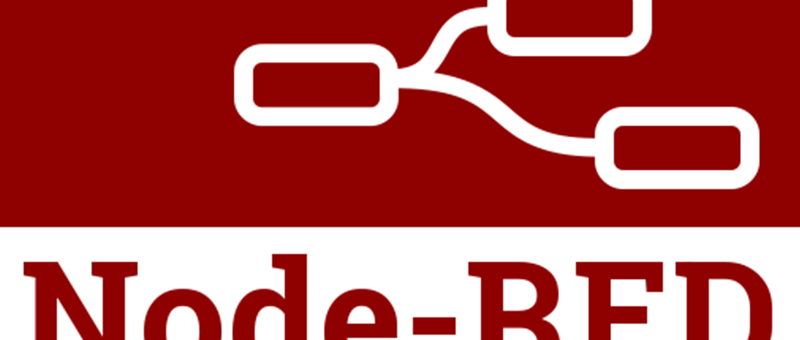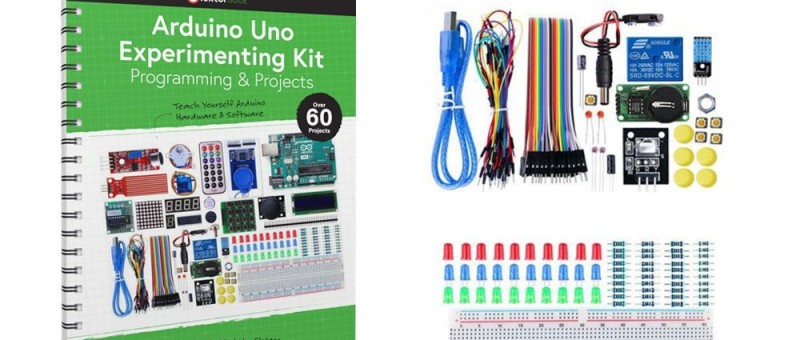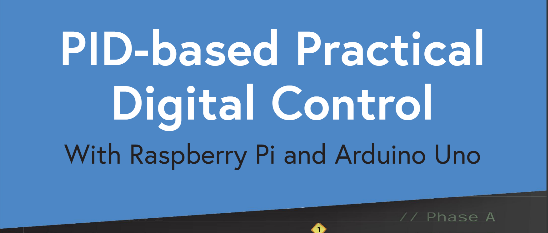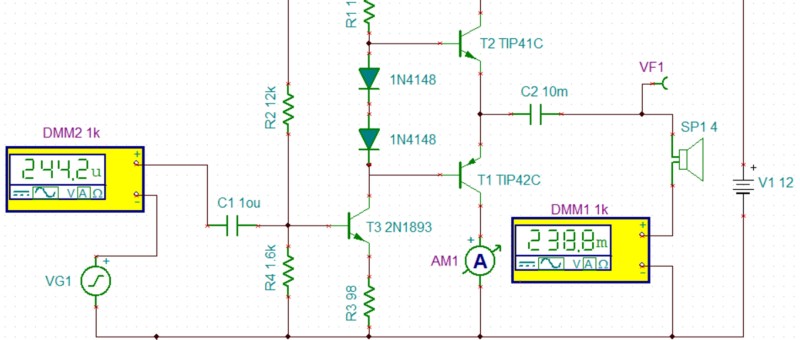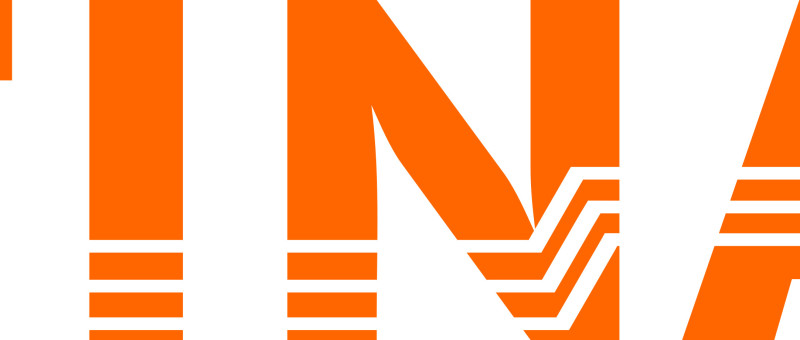| Looking for practical Arduino projects? This guide shows how to control a relay from your smartphone using an Arduino Uno — either via Bluet...
Dogan Ibrahim (30)
| Active electronic components are devices that can introduce gain or control the flow of electric current in electronic circuits, enabling th...
| There’s no better introduction to programming and practical electronics than to study how things can be made to move, buzz, or flash. Moveme...
| The Arduino UNO R4, released in two versions last year, supports the CAN bus in terms of hardware and software. In this article we look at s...
| In this article, we investigate what goes into running a daunting math task such as FFT on an Espressif ESP32 development board, admittedly...
| Node-RED has become very popular recently, as it greatly simplifies the development of IoT projects. In this article, we will see what Node-...
| RFID stands for Radio-Frequency Identification — a wireless technology covering devices for security, access, and goods tracking purposes. I...
| PID control is a commonly used control algorithm. Elektor's new book is an excellent resource for anyone looking to use a Raspberry Pi 4 or...
| Elektor’s Summer Circuits are traditionally small projects, always inviting to experimentation and enhancement. While you can test most of t...
| Reportedly, one of the best features of TINA is that a simulated circuit can easily be implemented on a PCB with auto-placement and auto-rou...



